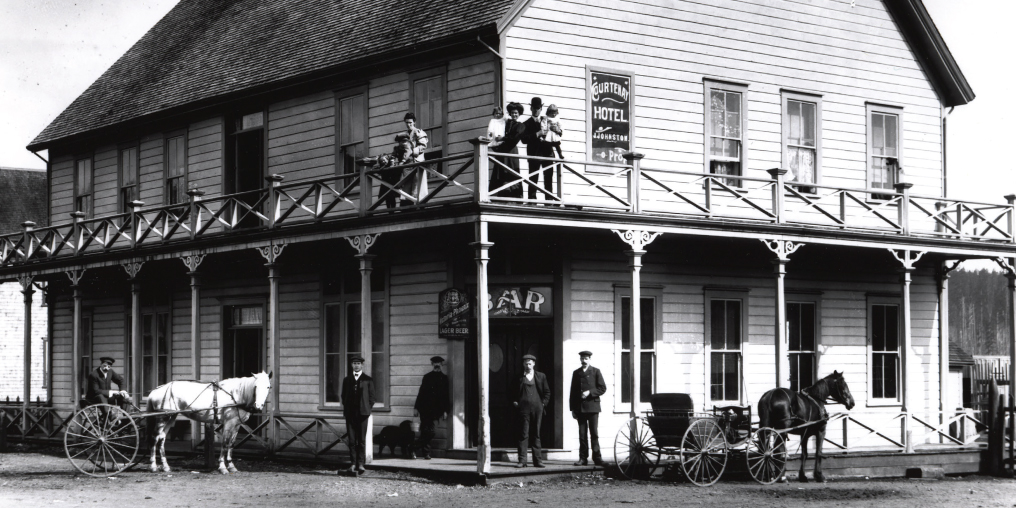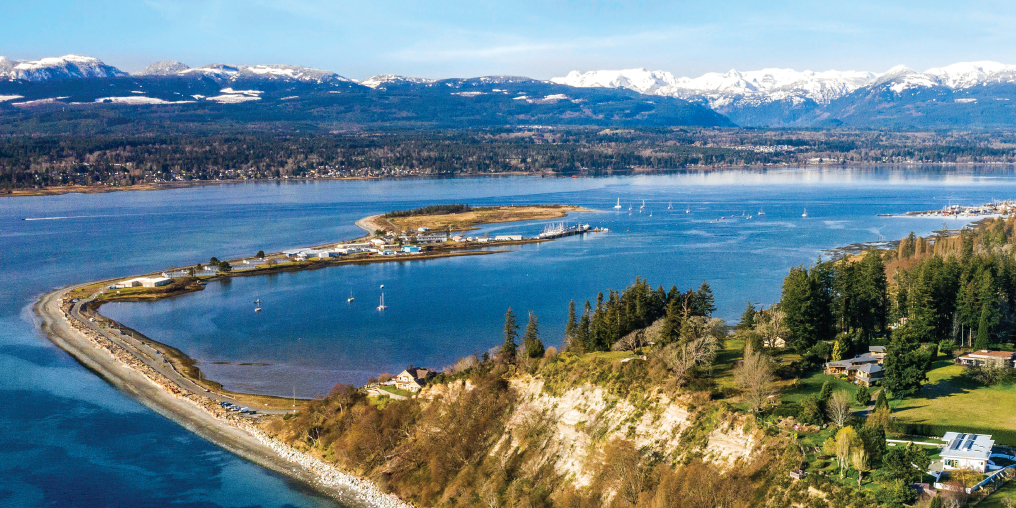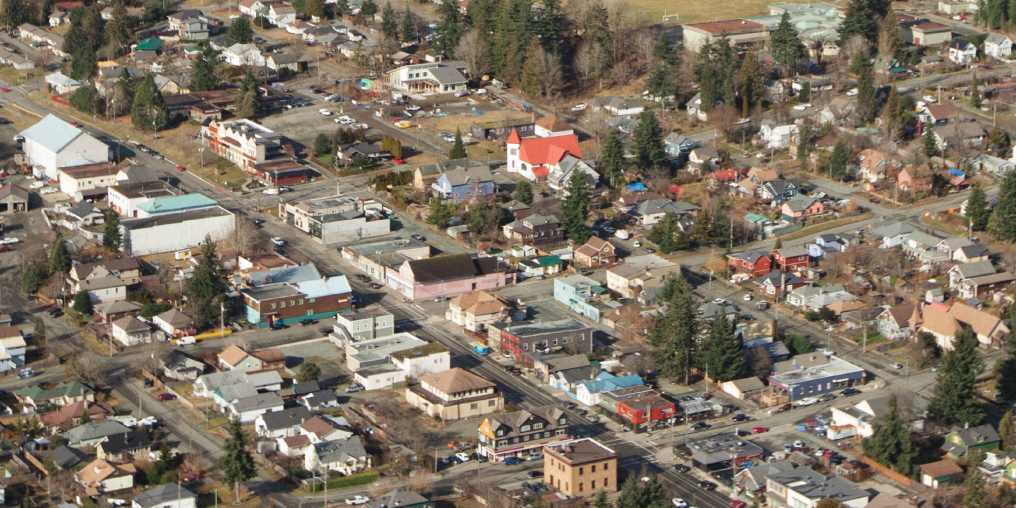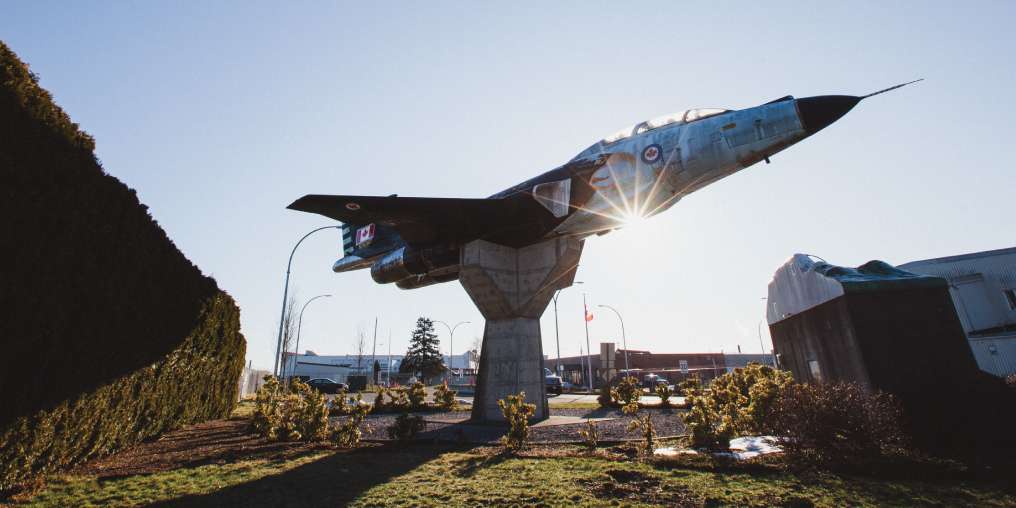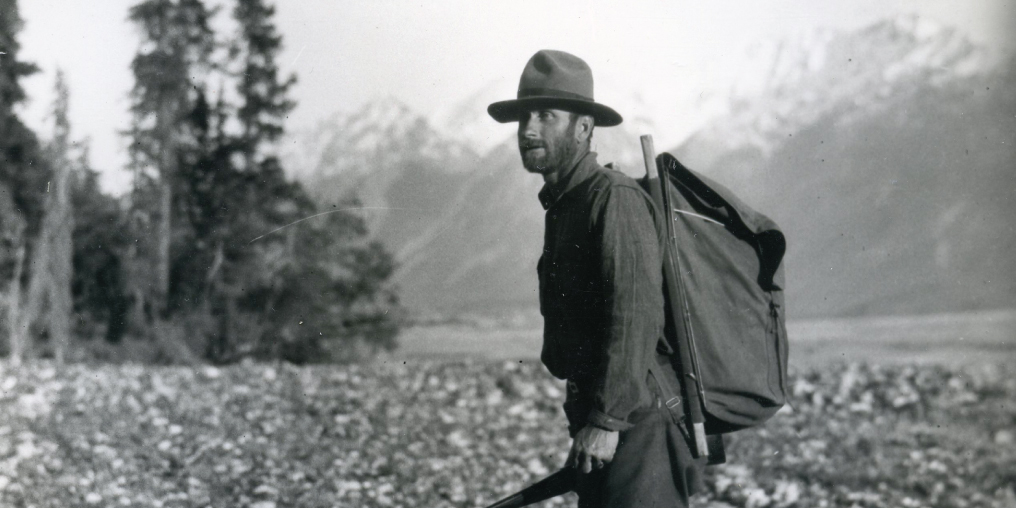When I was a Merville-raised teenager turning 19, my father wanted to take me for a beer on my birthday. Becoming a man and all that, he said. My older brother had dodged the same tradition, to my dad’s great resentment, so I was left to carry his bitter water. Where did a west coast logger take his newly-minted-man of a son to grab a cold one in the Comox Valley circa 1997? The Courtenay Hotel, of course.
At that time, the Courtenay Hotel—the “Courtenay House” or “CoHo,” as we called it—was an infamous strip club. As my father kept the pints flowing, my friends mischievously followed suit with a long line of Prairie Fire shots made of tequila and Tabasco. The dancers twirled their way around a tiny central stage carpeted with Astroturf and lit by Christmas lights. Intimidating bikers played pool. My dad played Keno. What he didn’t know, as he cheerfully celebrated my entry into manhood, was that most of us had already been inside this run-down haven of AC/DC before. They didn’t check ID.
The Courtenay Hotel was the landmark in Courtenay 35 years before the city was even founded. Established in 1880 beside the Courtenay River and what is now Lewis Park, this sizeable building held the town’s general store, a bank, barber, and even a few small barns. For almost a century it was a reputable drinking spot, until it transitioned from “Hotel” to “House” status. With its close proximity to the Courtenay River, it was constantly flooded by the rising waters outside, as well as the cocaine within.
On December 9, 2007, the City of Courtenay tore down the Courtenay Hotel. Some lament the loss of its architectural value to this day. Some miss the strip club. Either way, the foundations of that beer-soaked building couldn’t have been stable. She’d had “one too many.”
On the other end of the valley, the Fanny Bay Inn (FBI) has enjoyed celebrity status since 1938 for many reasons. Before the inland Highway 19 existed, it was one of the few good watering holes on the old road, with great food, better staff, and views of farmland, Baynes Sound, and Denman Island. FBI T-shirts helped raise its status, too. Today, it remains a proper old-school pub, with staff still as friendly as ever.
In Comox, the Lorne Hotel stood overlooking Queneesh and the Comox Bay for 133 years before burning to the ground in 2011, one year after another Comox pub—the Edgewater—also went down in flames. Reputed to be the oldest licensed drinking establishment in British Columbia, the Lorne Hotel was a handsome, wooden behemoth of a building named after the Marquess of Lorne, Canada’s Governor General from 1878 to 1883.
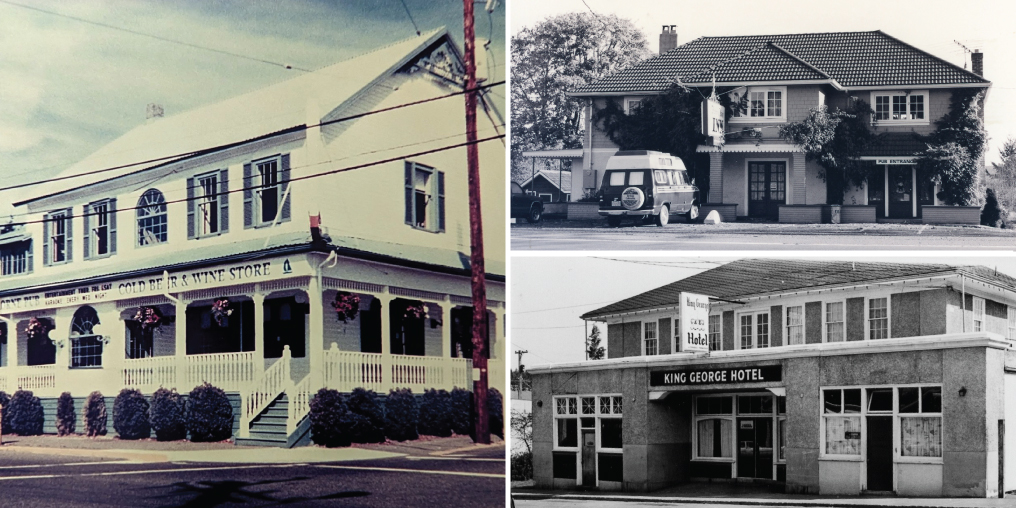
CLOCKWISE FROM LEFT: LORNE HOTEL, COURTESY OF COMOX ARCHIVES AND MUSEUM; FANNY BAY INN, COURTESY OF COURTENAY AND DISTRICT MUSEUM 995.108.1; KING GEORGE HOTEL, COURTESY OF CUMBERLAND MUSEUM & ARCHIVES C030-251
To this day, many residents still believe both Comox pubs burned in suspicious circumstances. In this competitive world, an abnormally high rate of structure fires remains an occupational hazard.
On Dunsmuir Street, Cumberland’s revitalized main drag, the King George Hotel remains an eyesore among the new and rehabilitated buildings. However, this building holds history as deep as Cumberland’s coal mines within its windowless walls. Initially opened by Victor Bonora in 1911, the King George (along with much of the rest of Cumberland’s commercial district) was rebuilt after a fire that started in the hotel and quickly got out of hand. In 1918, patients who contracted the Spanish Influenza were quarantined here.
The King George Hotel originally offered nine bedrooms on the second floor, and with designated men’s and women’s “parlours” downstairs to drink in, it eventually became infamous for a fun, roughhousing vibe, not to mention billiards. At one time, the building even housed a BC Liquor store. The pub remained a Comox Valley institution for decades after it stopped being a hotel; it was finally closed down in 2014.
Across the block from the King George sits what was the last bastion of proper Dodge City drinking: The Cumberland Hotel. Opened in 1894, it was the first hotel built in town and has long been a centre for the community. In more recent years, a wildly popular karaoke night complemented a long-standing tradition of local blues and rock ‘n’ roll bands playing the bar’s small stage. While the bar was tight for space, the vibe was huge, with mostly locals in the mix. The hotel was on the market for years at super-cheap prices, but no locals stepped in, and the property was eventually snapped up by an Alberta-based developer. It will soon be replaced by a four-storey mixed-use building with three commercial spaces and 15 condos. It’s the end of an era.
All is not lost in Cumberland, though. The Waverley Hotel deserves a last-but-not-least designation, if only for the fact that it may be more popular now than at any time in its 129-year history. It is one of three surviving commercial buildings from the initial settlement period, along with the Tarbell’s building that houses Dodge City Cycles and the adjacent Big Store currently being renovated as a heritage property.
The Waverley Hotel was the second hotel to be built in Cumberland. It began as a room-and-board hotel for miners and businessmen. In the strike of 1912-14, it was home to the RCMP’s special constables, and low-income seniors were housed there in mid-century.
In 1967, someone lit the hotel on fire, causing significant damages. When the RCMP investigation turned up two arsonists, they subsequently arrested a co-owner of the King George Hotel, Leonard Robert Wilson, for “inciting others to commit arson.”
Fast forward through three structure fires and a billion pints, and the Wave is no longer rough. The bar has been renovated, and a set of owners has lovingly curated the space into what is arguably the Island’s most eclectic and exciting music venue. For the past 35 years, many national and international acts have danced across its legendary stage. Caught on the right night, the dance floor shakes and gyrates with the energy of all these fabled ghosts. And not a square foot of Astroturf to be found.

